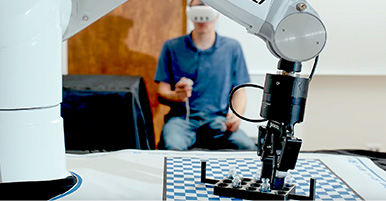Abstract
It is hard to find many teachers or principals who believe that traditional teacher evaluation systems are of much value. Typically, they neither identify struggling teachers nor contribute to improving practice for any teachers. While there may be some exceptions, most teacher evaluation systems are simply a series of sporadic events designed to gauge practice in the moment. On-going professional growth and improvement rarely enter into the equation. This report draws lessons from three California school districts and their teachers’ unions that have charted a different course and determined that the purpose of evaluation should be to improve teaching in order to advance student learning.
California policy on teacher evaluation has not changed since 1971 despite some legislative appetite for change. In anticipation of future legislative efforts to revise California’s teacher evaluation system, the Stuart Foundation made a modest grant to J. Koppich & Associates and SRI International to document the work of the San Juan, Poway, and San José school districts as they developed and implemented professional growth systems to replace their old teacher evaluation systems.
In the process, we learned a few basic lessons. First, there is no one perfect teacher evaluation system. Policy makers seeking a uniform system that will improve teaching and learning in all local contexts are certain to be disappointed. Second, labor-management collaboration is essential to developing new and innovative teacher evaluation systems. Third, “evaluation” is a loaded word. Educators (both teachers and principals) view evaluation as a tool to remove ineffective teachers, but not to improve all teachers’ professional practice. Fourth, successful implementation does not happen all at once. The work of developing a new system is bound to encounter problems that will test teachers’ and administrators’ dedication and commitment to a set of values. Re-invention takes time as old attitudes, limited expertise, and other simultaneous initiatives make implementing a new teacher evaluation system a challenge. Beginning with small scale experimentation and successive refinements, rather than instituting a totally new system throughout the entire school district, is likely to have a greater chance of realizing meaningful improvement.
The San Juan, Poway, and San José school districts and their teachers’ unions have, each in their own way, demonstrated new thinking about how best to re-invent teacher evaluation. (At the end of this paper, we briefly describe each of the new systems). Each variation on a professional improvement system provides important lessons for state policy makers and districts across California. But, as they will tell you, there is no quick fix. These new approaches are very much works-in-progress and likely will continue to face implementation challenges as they mature. However, the examples from these three districts clearly point to the wisdom of allowing local districts and unions to tackle the difficult work of improving teaching quality through new forms of evaluation. While this hard work needs to be done at the local level, the state has an important role to play in providing guidance by developing an operating framework that emphasizes the goal of the system as professional growth and improvement for all.


